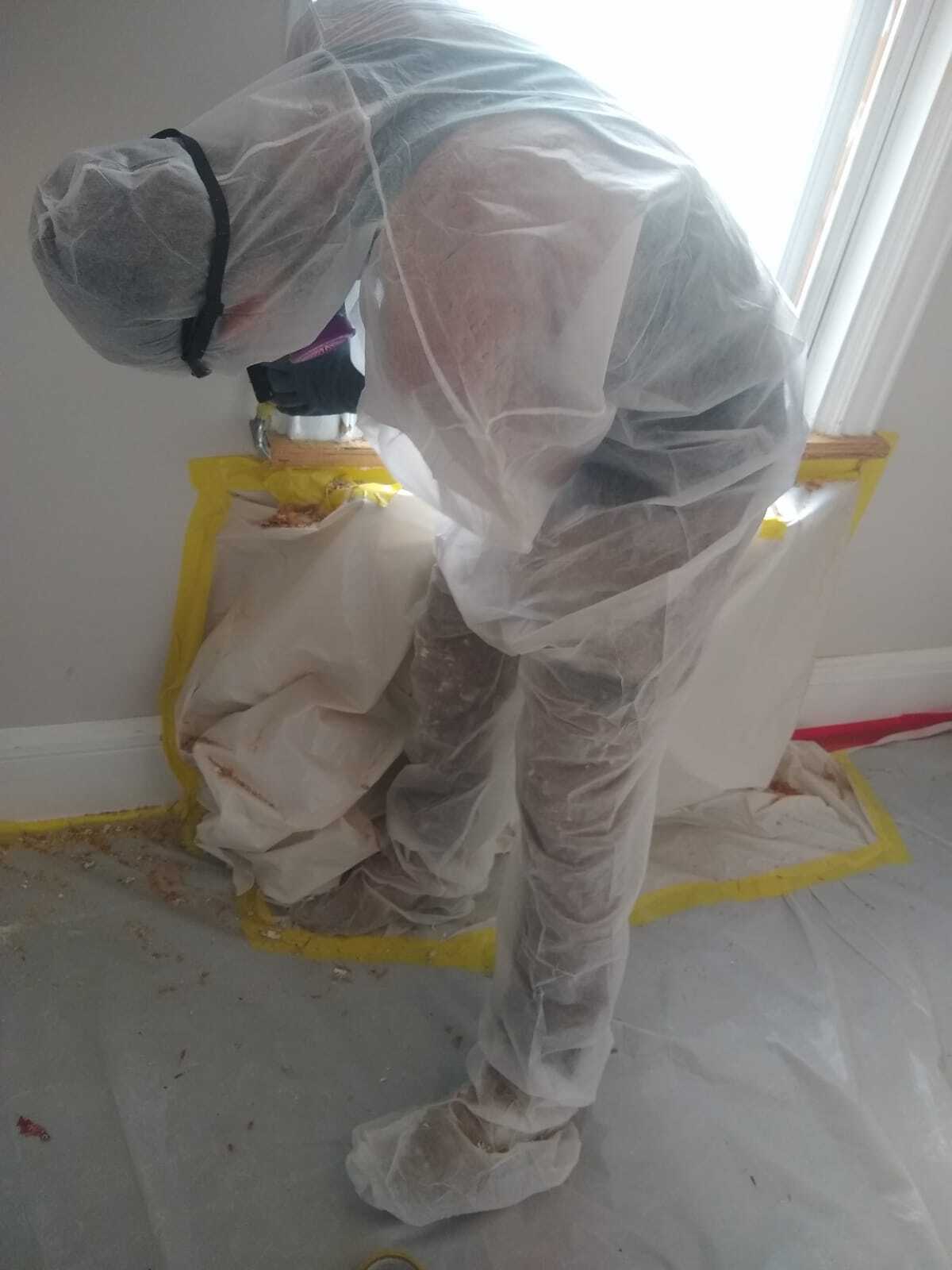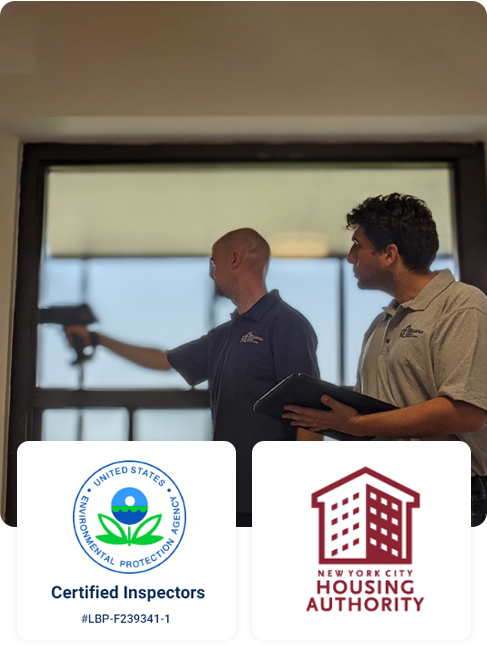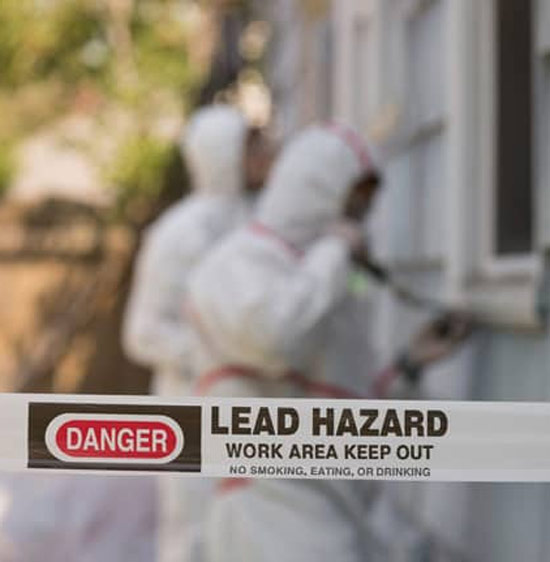Necessary Devices and Techniques for Reliable Lead Offense Cleanup
Attending to lead infractions efficiently necessitates a comprehensive approach that mixes the right devices with tactical methods. Simultaneously, the usage of specialized cleanup devices, such as HEPA vacuums and lead-specific cleaning agents, is imperative for complete pollutant removal. Effective control techniques, consisting of plastic bed linen and negative air pressure systems, are important to prevent the spread of harmful products.
Personal Safety Tools
Personal safety tools (PPE) is a vital part in the effective administration of lead contamination cleanup. The necessary PPE for lead cleaning includes respirators, safety clothing, gloves, and eye defense.
Respirators, particularly those equipped with HEPA filters, are vital for filtering airborne lead fragments, stopping inhalation. Safety garments, consisting of coveralls and disposable suits, avoids lead dirt from sticking to workers' garments, decreasing the risk of additional contamination.
In addition, extensive training on the correct use and upkeep of PPE is important. Employees have to be enlightened on putting on and doffing procedures to stay clear of contamination. Routine inspections and replacements of PPE components are required to keep their safety capabilities, ensuring a risk-free and certified cleanup procedure.
Specialized Cleaning Devices

Another essential tool is the wet/dry vacuum cleaner, which can successfully clean up both dirt and fluid impurities. These vacuum cleaners frequently include HEPA filters to offer an extra layer of safety and security. Wet wipes or tack cloths are additionally crucial for surface area cleansing; they are especially developed to capture and hold lead fragments, reducing the threat of spreading out contamination.
For even more persistent down payments, specialized lead-removal cleaning agents are needed. These representatives are created to break down lead bits, making them much easier to remove. Scrub brushes with durable bristles can help in this procedure, particularly on harsh surfaces where lead dust tends to adhere extra strongly.
In addition, encapsulants are made use of to secure lead-contaminated surface areas, preventing the release of lead dust. These specialized paints and finishes are made to stick to various substrates, offering a long-lasting remedy for lead control.
Efficient Control Approaches
Reliable containment methods are crucial in minimizing the spread of lead contamination throughout clean-up activities. Carrying out robust control strategies makes certain that lead fragments do not migrate to untouched locations, thus shielding both employees and the atmosphere (DOH & HPD Lead Violation Removal NYC).

To improve control, encapsulants can be put on surface areas that are not being eliminated or disturbed. These specialized finishes bind lead dust, decreasing its schedule for resuspension. Additionally, all personnel must put on ideal Personal Safety Equipment (PPE), consisting of respirators and disposable fits, to stop contamination spread.
Safe Disposal Practices
Ensuring risk-free disposal methods is an essential part in the monitoring of lead contamination clean-up. Correct disposal alleviates the danger of lead returning to the environment and endangering public health (DOH & HPD Lead Violation Removal NYC).
Carrying lead waste calls for adherence to strict guidelines. Utilizing certified contaminated materials service providers ensures that the products are taken care of properly. Documentation, including manifests detailing the type and quantity of waste, ought to go along with shipments to track the waste from the website of beginning to its last disposal location.
Designated harmful waste disposal centers are outfitted to take care of lead-contaminated products securely. These centers often employ advanced approaches such as stabilization, solidification, or chemical treatment to reduce the effects of the lead before disposal. Landfilling in specialized, lined areas that prevent leachate from infecting groundwater is a typical practice for final disposal.
Routine training for workers involved in lead garbage his comment is here disposal is vital to maintain safety and security standards and prevent unexpected exposure. By adhering to these methods, organizations can significantly lower the ecological and health and wellness effects connected with lead contamination.
Regulatory Conformity Tips

Complying with regulatory conformity is paramount in the successful implementation of lead contamination clean-up. Comprehending and complying with federal, state, and local guidelines ensures not just the safety and security and health of people however additionally the legal and monetary well-being of the cleanup company. The Epa (EPA) establishes rigid standards, such as the Lead Renovation, Repair Work, and you can try this out Paint (RRP) Rule, which mandates correct accreditation and training for specialists handling lead-based tasks.
Compliance starts with a comprehensive assessment of suitable laws and regulations. Organizations has to remain upgraded on any legislative modifications, which can be assisted in through normal training sessions and registering for sector updates. Paperwork is one more vital compliance facet; preserving comprehensive records of all activities, consisting of examination reports, staff member training logs, and disposal materializes, is essential.
Moreover, involving with licensed lead important source assessors or risk assessors makes sure that lead hazards are appropriately recognized and reduced. Employers must impose the use of Individual Safety Equipment (PPE) and make sure that safety protocols are purely complied with. Clear communication with stakeholders, including staff members, customers, and governing bodies, will certainly foster a culture of conformity and accountability, eventually adding to a safer and much more reliable lead clean-up procedure.
Final Thought
Effective lead infraction cleaning requires the integration of specialized tools and calculated methodologies to ensure safety and effectiveness. Utilizing HEPA vacuum cleaners, specialized cleansing representatives, and efficient containment approaches such as plastic bed linen and negative air pressure systems is necessary. Individual safety equipment (PPE) safeguards workers from exposure, while secure disposal methods and strict adherence to regulatory conformity are essential for responsibly handling dangerous waste. Collectively, these actions significantly minimize health risks and add to a cleaner setting.